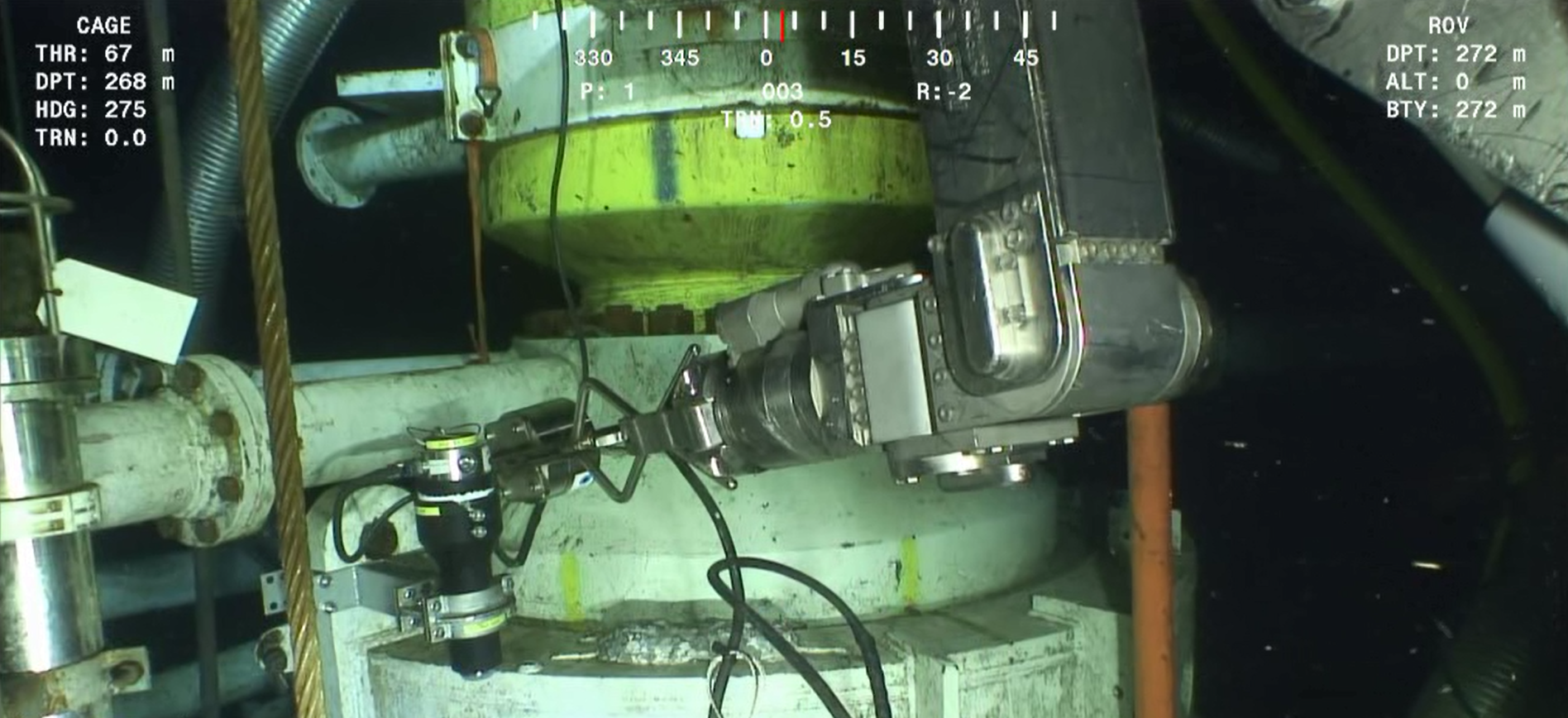Renewable energy
From fish to drilling to wind power
In 2008 4Subsea had the vision that drilling operations on the Skarv field in the Norwegian North Sea ought to be controlled by actual measurement data rather than design parameters alone.
The company sold this idea to operator BP and turned to the market for good instrumentation solutions. But the sensors available were expensive, bulky, heavy and unreliable.
Then 4Subsea made contact with Thelma Biotel, a spin-off of the Sintef research institute specialising in fish telemetry. It had developed sensor solutions which could be installed in wild fish to monitor their behaviour and migration patterns. These very small devices used little power and had long battery lives.
A partnership with Thelma Biotel led 4Subsea to develop a variant which could monitor drilling operations. During the Skarv project from 2008-12, the sensor moved from pilot testing of a prototype to becoming the primary monitoring solution for the BOP monitoring on this field. Equinor also adopted the technology for its own drilling operations, and it was decided to continue developing the technology for the oil industry through a 4Subsea subsidiary.
Improved precision
4Subsea shared offices for a time with Prox Dynamics (now Flir Systems), which develops small drone helicopters for the defence industry. Their collaboration raised the sensor technology to a level equivalent to flying autonomous drones, further enhancing both robustness and data quality for the oil sector.
The sensors have now exceeded more than 1 million hours of logging with very high uptime and without significant failures, and are used by most operators on the NCS. Known as SWIM™, this solution is a digital twin which reduces the risk and cost of drilling operations. 4Subsea received a product leadership award in 2018 from Frost & Sullivan, which believes the product gives critical decision support to oil companies.
Into renewables
In parallel, 4Subsea has been applying its oil and gas expertise to renewable energy offshore since 2009, with more than 250 000 hours of engineering split between fixed and floating wind turbines – including Equinor’s Hywind projects.
A new version of this technology is now being specially developed for data driven design, lifetime extension and monitoring of cable integrity for offshore wind turbines. As with SWIM™, data are fed into a digital twin combining computer models and algorithms developed by 4Subsea’s domain experts.

HIGH UPTIME: More than 1 million hours of logging have so far been completed by the sensors, with very high uptime and without substantial faults, and they are used by most of the operators on the NCS. Photo: 4Subsea
4Subsea launched two lifetime extension pilot projects in wind last year the first of which began in April 2020 on Uniper's Zefyros floating wind turbine.
The digital twin in offshore wind could significantly reduce production costs by extending the operating life of the equipment and reducing the risk of equipment failures.
4Subsea has delivered solutions to the market since 2007 and has leading operators and suppliers in oil, gas and offshore wind power on its client list. These include Equinor, Shell, Wintershall, Lundin, Okea, ConocoPhillips, Aker BP, Odfjell Drilling, Nexen, EnQuest, BP, Seaway 7 and Kvaerner.
|
4Subsea |
|
|
Established: |
2007 |
|
Employees: |
86 |
|
Turnover 2019: |
NOK 147 million |
|
Phone: |
+47 66 98 27 00 |
|
Website: |
|
|
Contact: |
Ina Ellingsen |
|
Contact e-mail: |
ina.ellingsen@4subsea.com
|
|
Contact mobile: |
+47 992 96 114 |